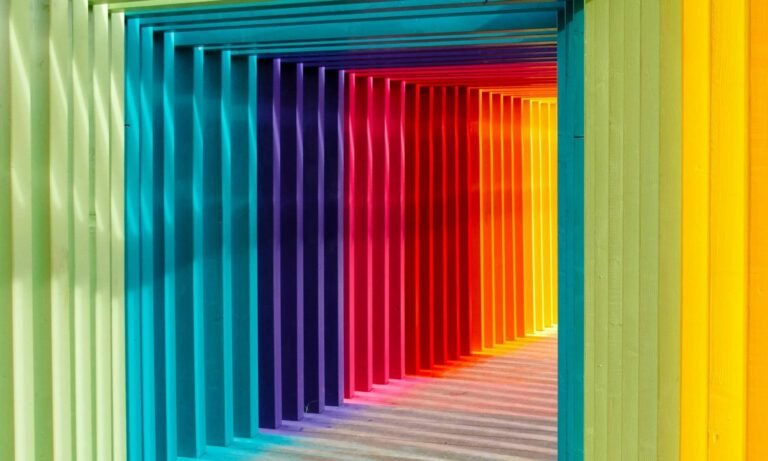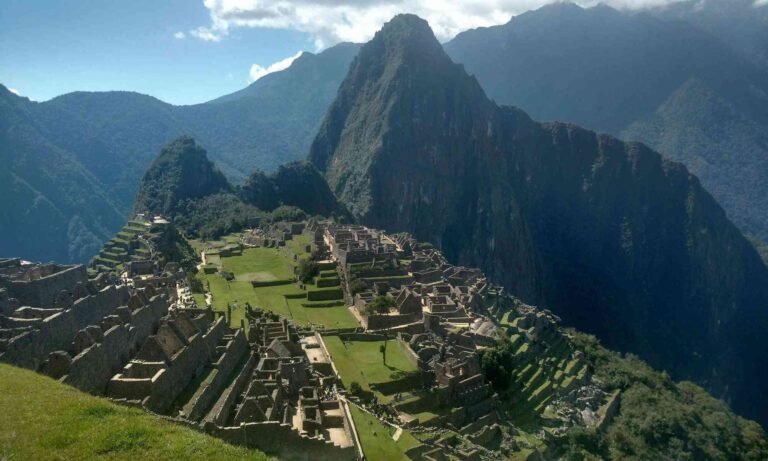The Exclamation of Discovery: Archimedes’ “Heureka!”
The tale of Archimedes’ “Heureka!” (“Eureka” in English) is not just a story about a historical figure; it’s a narrative that captures the essence of human discovery and innovation. Archimedes, the ancient Greek mathematician, physicist, and engineer, is often considered one of the greatest scientists of the classical age. His contributions to the fields of mathematics, physics, and engineering are foundational even in modern science.
The most famous anecdote of Archimedes is the “Eureka” moment. As the story goes, Archimedes was tasked by King Hiero II of Syracuse to determine whether a crown was made of solid gold or if a deceitful goldsmith had substituted some of the gold with silver.
Archimedes pondered this problem, seeking a method to determine the crown’s composition without damaging it.
The breakthrough came when Archimedes stepped into a bath and noticed the water level rise. He realized that the amount of water displaced was equal to the volume of the part of his body he had submerged. This sudden understanding led him to conclude that by measuring the water displacement caused by the crown, he could determine its volume and, consequently, its density and purity. Overjoyed by his discovery, Archimedes reportedly ran through the streets of Syracuse naked, exclaiming “Eureka!” which means “I have found it!” in Greek.
This story, which first appeared in the writings of Vitruvius, a Roman architect, two centuries after it supposedly took place, has been subject to scrutiny and debate regarding its authenticity. However, the core principle that Archimedes discovered is undeniably true and is known today as Archimedes’ Principle. It states that a body submerged in a fluid is buoyed up by a force equal to the weight of the fluid displaced by the body.
Archimedes’ Principle has numerous applications, from determining the buoyancy of ships to measuring the density and volume of various objects. This principle also plays a crucial role in the field of hydrostatics and has been a guiding concept in naval architecture.
The “Eureka” moment transcends its historical context, symbolizing the joy of discovery and the power of human ingenuity. It reminds us that sometimes, solutions to complex problems can come from unexpected places and moments of insight. Archimedes’ legacy continues to inspire scientists, engineers, and inventors to seek out those “Eureka” moments in their own work, pushing the boundaries of what is known and expanding the horizons of human knowledge.
Archimedes of Syracuse
Archimedes: The Timeless Genius of Ancient Mathematics
Archimedes of Syracuse, a name synonymous with the brilliance of ancient mathematics and engineering, continues to be a subject of fascination and study even in the modern era. Born in the Greek city-state of Syracuse around 287 BC, Archimedes’ contributions to mathematics, physics, engineering, and astronomy are foundational to many principles and practices still in use today.
His most famous discovery, Archimedes’ Principle, which explains the law of buoyancy, is a cornerstone in hydrostatics. This principle not only aids in understanding the floating of objects but also has practical applications in designing ships and submarines.

His work on the lever and the concept of the center of gravity revolutionized the field of mechanics and had a profound impact on the development of physics.
Archimedes’ mathematical prowess was not limited to practical inventions; he also delved into the theoretical, anticipating modern calculus and analysis. His method of exhaustion helped to calculate areas and volumes of various shapes, leading to a better understanding of geometry and the properties of pi. The Archimedean spiral, another of his creations, is still studied for its properties and applications in various fields.
The genius of Archimedes was not confined to his theoretical work; he was also a master inventor. His war machines, such as the Archimedes screw, were marvels of engineering that defended his city from invasion. These inventions showcased his ability to apply mathematical concepts to solve real-world problems effectively.
Despite the passage of over two millennia, the legacy of Archimedes remains vibrant and influential. His works were preserved and studied by mathematicians throughout the Renaissance, leading to significant scientific advancements during that period. The discovery of the Archimedes Palimpsest in the 20th century further illuminated his methods and thought processes, providing a deeper insight into the mind of this extraordinary mathematician.
Archimedes’ life ended during the siege of Syracuse when he was killed by a Roman soldier, but his intellectual legacy endures. His desire to understand the principles of the natural world and his relentless pursuit of knowledge serve as an inspiration to scientists and mathematicians across the globe. Archimedes’ work reminds us that the quest for understanding is timeless, and his contributions continue to be a testament to human ingenuity and curiosity.
Jean Tinguely’s Heureka
Exploring the Irony and Ingenuity of Jean Tinguely’s “Heureka”

In the heart of Zurich, on the serene shores of Lake Zurich, stands a monumental testament to the whimsical and thought-provoking art of Jean Tinguely – the “Heureka” kinetic sculpture. Created for the National Exhibition in 1964, “Heureka” has captivated audiences with its intricate dance of metal and motion, a machine that serves no purpose other than to challenge our perceptions of utility and art.
Jean Tinguely, born in the Swiss canton of Fribourg in 1925, was an artist who defied the conventional. His passion for kinetics – the study of motion – was not just a scientific pursuit but an artistic one.
Tinguely’s work is a playful yet profound commentary on the industrial society, a society obsessed with purpose and productivity, yet often culminating in the absurdity of its own existence.
“Heureka,” which ironically means “I’ve found it” in Ancient Greek, is a machine that found its purpose in purposelessness. Composed of iron bars, wheels, and metal pans and pipes, it stands as a metaphor for the relentless consumerism of advanced industrial society. It’s a machine that moves, churns, and buzzes with life, yet produces nothing – a stark contrast to the efficiency-driven world around it.
The sculpture operates daily from April to mid-October at 11 am, 3 pm, and 7 pm, running for 8 minutes each time. These performances are not just displays of mechanical prowess but are theatrical events that draw crowds, inviting them to ponder the meaning behind the motion. Tinguely’s “meta-mechanics” are globally recognized as allegories of a society that, despite its frenetic activity, ultimately reaches a point of futility.
Tinguely’s legacy is not limited to “Heureka.” His life was a canvas of kinetic masterpieces, including explosive performances and collaborations with other renowned artists like Niki de Saint Phalle, his second wife. His art was a fusion of motion and emotion, a dance of mechanics that brought inanimate objects to life.
Visitors to Zurich can experience the magic of “Heureka” at Zürichhorn, a location that offers not just a view of the sculpture but also a panoramic vista of the lake. The park is easily accessible by tram or boat, making it a must-visit destination for art enthusiasts and curious minds alike.
Jean Tinguely’s “Heureka” is more than just a sculpture; it’s a philosophical inquiry made tangible. It asks us to consider what we value as productive, what we deem as useful, and ultimately, what we define as art. In a world where efficiency is king, “Heureka” stands as a jester, reminding us that sometimes, the journey is more meaningful than the destination, and that perhaps, in the grand scheme of things, we’re all a bit like “Heureka” – moving, striving, and searching for something, even if it’s the joy of motion itself.
What’s More
The posts in My Blog feature reflective, story-driven pieces rooted in personal and societal insights.
The topics in My Interests explore abstract, philosophical ideas and their cultural and societal impact.
👁️ 8,857 Views
















